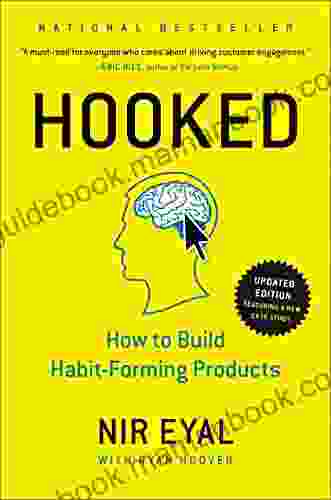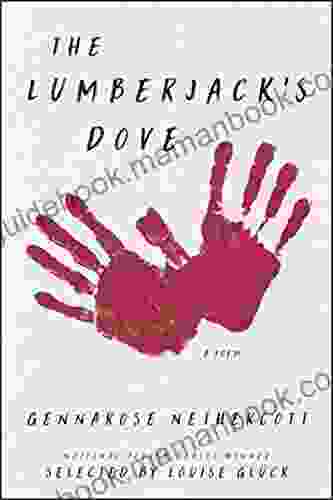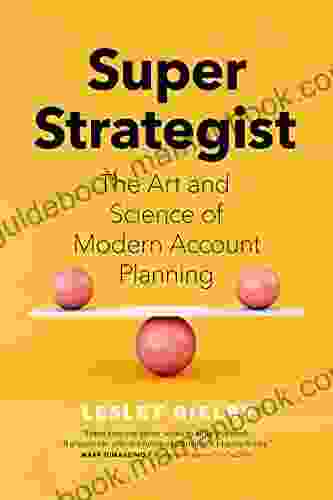Unveiling the Secrets of Habit-Forming Products: A Comprehensive Guide to Hooked

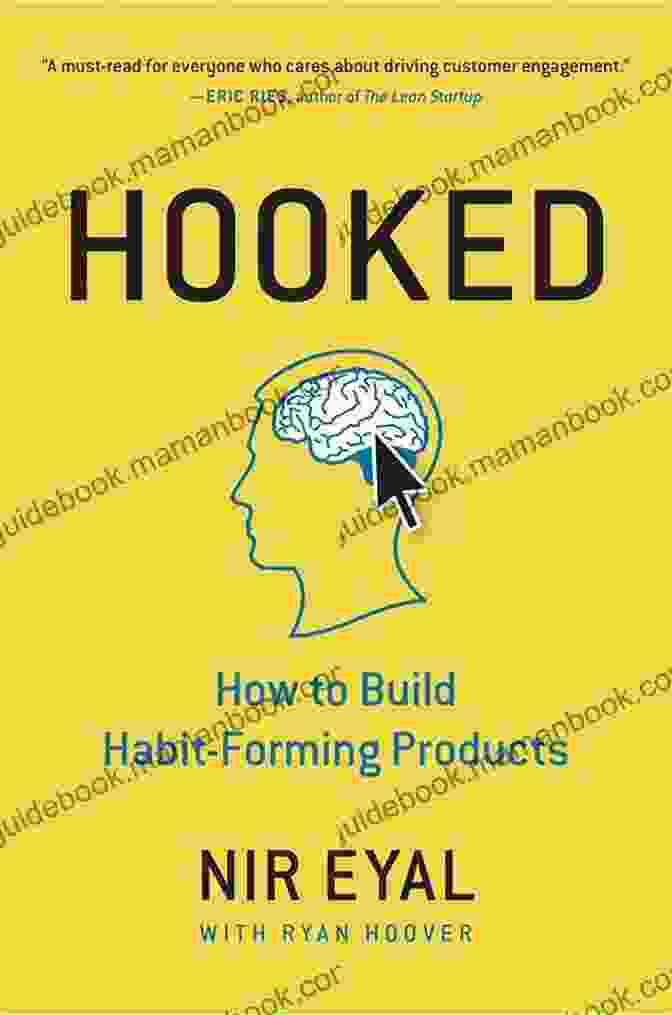
In a world where countless products compete for our attention, only a select few manage to captivate our hearts and minds, becoming indispensable parts of our daily lives. These products, often referred to as habit-forming products, possess a unique ability to hook us, keeping us coming back for more. Understanding the underlying principles behind these products is essential for anyone aspiring to create successful digital experiences.
4.6 out of 5
| Language | : | English |
| File size | : | 17871 KB |
| Text-to-Speech | : | Enabled |
| Screen Reader | : | Supported |
| Enhanced typesetting | : | Enabled |
| X-Ray | : | Enabled |
| Word Wise | : | Enabled |
| Print length | : | 256 pages |
Nir Eyal, a renowned behavioral designer and author, has dedicated extensive research to the study of habit formation. In his groundbreaking book, 'Hooked: How to Build Habit-Forming Products', Eyal unveils the science behind these products, empowering readers with the knowledge to design experiences that seamlessly integrate into our lives.
The Hook Model: A Framework for Understanding Habit Formation
At the core of Eyal's theory lies the Hook Model, a four-step framework that explains how products create habits. By following this model, designers can effectively guide users towards desired behaviors:
- Trigger: The first step is to identify triggers that prompt users to engage with your product. These triggers can be external (e.g., a notification) or internal (e.g., a desire to connect with others).
- Action: Once the trigger is received, users must take a specific action to receive a reward. This action should be effortless and enjoyable, reducing the barrier to engagement.
- Reward: The reward is the payoff that motivates users to complete the action. It can be tangible (e.g., a discount) or intangible (e.g., a sense of accomplishment).
- Investment: The final step involves asking users to invest in the product through some form of effort or commitment. This investment strengthens the habit by making it more difficult to break.
By repeatedly cycling through these four steps, products can create consistent and predictable user behavior. Understanding the Hook Model is paramount for designing products that truly captivate and retain users.
Key Principles of Habit-Forming Products
Beyond the Hook Model, Eyal outlines several key principles that contribute to the success of habit-forming products:
- Make products easy to use: Simplicity and ease of use are crucial for promoting engagement. Users should be able to navigate the product effortlessly, without encountering frustrations.
- Focus on immediate gratification: Habit-forming products prioritize immediate rewards over delayed gratification. By providing users with quick wins, they encourage continued engagement.
- Nurture a sense of community: Humans are social creatures who thrive on connections. Products that foster a sense of community, where users can interact with each other, are more likely to become habitual.
- Craft products that align with existing habits: Successful habit-forming products integrate seamlessly into users' existing routines. By understanding their daily habits, designers can create products that complement and enhance their lifestyle.
- Encourage variability: To prevent products from becoming stale, designers should introduce variability into the experience. This can be achieved through regular updates, new features, or personalized recommendations.
Examples of Habit-Forming Products
Numerous products across various industries have successfully employed Eyal's principles to create compelling user experiences. Here are a few notable examples:
- Social media platforms (e.g., Facebook, Instagram): Social media apps leverage triggers (notifications) to prompt users to check their feeds, where they receive rewards (likes, comments) for sharing content and interacting with others.
- Habit-tracking apps (e.g., Streaks, Habitica): These apps provide immediate gratification for completing tasks, encouraging users to develop new habits through gamification and community support.
- Ride-sharing services (e.g., Uber, Lyft): Ride-sharing apps offer convenience and ease of use, making it effortless to book and pay for rides. They create a sense of community by connecting riders with drivers.
- Subscription boxes (e.g., Birchbox, HelloFresh): Subscription boxes provide regular deliveries of personalized products, creating a sense of anticipation and excitement. They encourage investment by requiring users to prepay for future deliveries.
- Video streaming services (e.g., Netflix, Hulu): Streaming services offer instant access to a vast library of content, providing immediate gratification. They use personalized recommendations to create variability and keep users engaged.
The Ethical Considerations of Habit-Forming Products
While habit-forming products can be incredibly effective at driving user engagement, it's important to consider the ethical implications of designing such experiences. Eyal acknowledges that these products can be addictive, and encourages designers to approach their work with a sense of responsibility.
Developers should prioritize the well-being of users above all else. By creating products that foster healthy habits and avoid exploiting vulnerabilities, they can contribute to a more positive and balanced relationship between technology and human behavior.
Nir Eyal's 'Hooked' provides a comprehensive roadmap for understanding the science behind habit-forming products. By understanding the Hook Model and key principles outlined in the book, designers can create products that truly captivate users and drive sustainable growth.
It's important to remember that while these principles can be powerful tools for engagement, they should be used ethically and responsibly. By prioritizing the well-being of users, designers can harness the power of habit formation to create products that enhance our lives and make a positive impact on society.
4.6 out of 5
| Language | : | English |
| File size | : | 17871 KB |
| Text-to-Speech | : | Enabled |
| Screen Reader | : | Supported |
| Enhanced typesetting | : | Enabled |
| X-Ray | : | Enabled |
| Word Wise | : | Enabled |
| Print length | : | 256 pages |
Do you want to contribute by writing guest posts on this blog?
Please contact us and send us a resume of previous articles that you have written.
 Top Book
Top Book Novel
Novel Fiction
Fiction Nonfiction
Nonfiction Literature
Literature Paperback
Paperback Hardcover
Hardcover E-book
E-book Audiobook
Audiobook Bestseller
Bestseller Classic
Classic Mystery
Mystery Thriller
Thriller Romance
Romance Fantasy
Fantasy Science Fiction
Science Fiction Biography
Biography Memoir
Memoir Autobiography
Autobiography Poetry
Poetry Drama
Drama Historical Fiction
Historical Fiction Self-help
Self-help Young Adult
Young Adult Childrens Books
Childrens Books Graphic Novel
Graphic Novel Anthology
Anthology Series
Series Encyclopedia
Encyclopedia Reference
Reference Guidebook
Guidebook Textbook
Textbook Workbook
Workbook Journal
Journal Diary
Diary Manuscript
Manuscript Folio
Folio Pulp Fiction
Pulp Fiction Short Stories
Short Stories Fairy Tales
Fairy Tales Fables
Fables Mythology
Mythology Philosophy
Philosophy Religion
Religion Spirituality
Spirituality Essays
Essays Critique
Critique Commentary
Commentary Glossary
Glossary Bibliography
Bibliography Index
Index Table of Contents
Table of Contents Preface
Preface Introduction
Introduction Foreword
Foreword Afterword
Afterword Appendices
Appendices Annotations
Annotations Footnotes
Footnotes Epilogue
Epilogue Prologue
Prologue Rix Quinn
Rix Quinn Hang Thi Yen Black
Hang Thi Yen Black Dominic Walters
Dominic Walters David Gilman
David Gilman The Medieval Murderers
The Medieval Murderers Kellie Coates Gilbert
Kellie Coates Gilbert Shion Miura
Shion Miura Alexander Kofinas M D
Alexander Kofinas M D United States Government Us Army
United States Government Us Army John Currence
John Currence Cleopatra Mathis
Cleopatra Mathis Tom Sterling
Tom Sterling Sasha Issenberg
Sasha Issenberg Eric Gadus
Eric Gadus Nate Ciraulo
Nate Ciraulo Stephanie E Jones Rogers
Stephanie E Jones Rogers Julia Watkins
Julia Watkins Kindle Edition
Kindle Edition The Mother
The Mother Matthew Rief
Matthew Rief
Light bulbAdvertise smarter! Our strategic ad space ensures maximum exposure. Reserve your spot today!
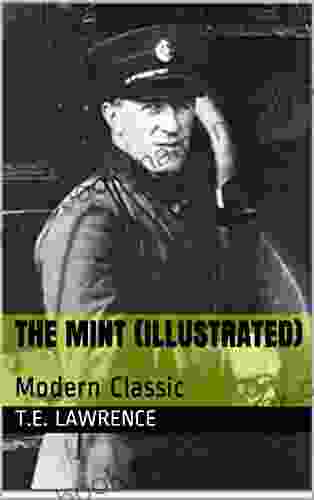
 Edgar Allan PoeIndulge in Literary Masterpieces with The Mint Illustrated Modern Classics
Edgar Allan PoeIndulge in Literary Masterpieces with The Mint Illustrated Modern Classics Eliot FosterFollow ·8.9k
Eliot FosterFollow ·8.9k Chance FosterFollow ·15.1k
Chance FosterFollow ·15.1k Jon ReedFollow ·13.8k
Jon ReedFollow ·13.8k Charlie ScottFollow ·10.7k
Charlie ScottFollow ·10.7k Mason PowellFollow ·3k
Mason PowellFollow ·3k Jack PowellFollow ·16.1k
Jack PowellFollow ·16.1k James JoyceFollow ·2.6k
James JoyceFollow ·2.6k Edgar CoxFollow ·18k
Edgar CoxFollow ·18k
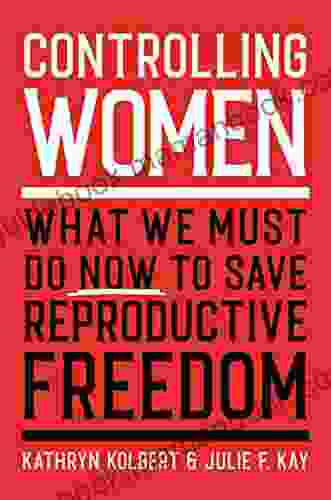
 Leslie Carter
Leslie CarterWhat We Must Do Now To Save Reproductive Freedom
Roe v. Wade, the landmark...
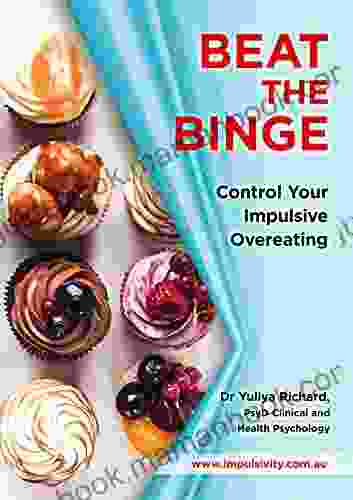
 Cade Simmons
Cade SimmonsThe Unbreakable Bond: Unveiling the Connection Between...
In the realm of...
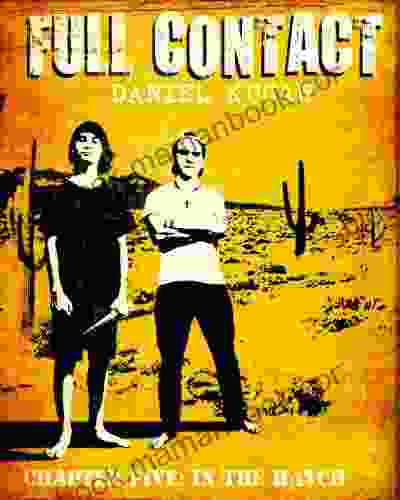
 Roy Bell
Roy BellFull Contact Chapter Five: The Final Chapter of the Hatch...
In this gripping to the Hatch saga, we...
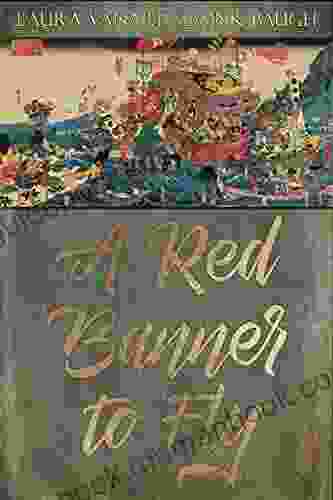
 Fred Foster
Fred FosterUnveiling the Tale of the Genpei Wars: A Comprehensive...
Deep within the annals of Japanese history,...
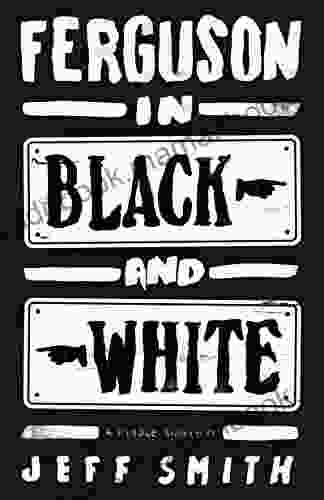
 Jaden Cox
Jaden CoxFerguson in Black and White: A Profound Examination of...
The Ferguson tragedy, sparked by the fatal...
4.6 out of 5
| Language | : | English |
| File size | : | 17871 KB |
| Text-to-Speech | : | Enabled |
| Screen Reader | : | Supported |
| Enhanced typesetting | : | Enabled |
| X-Ray | : | Enabled |
| Word Wise | : | Enabled |
| Print length | : | 256 pages |


